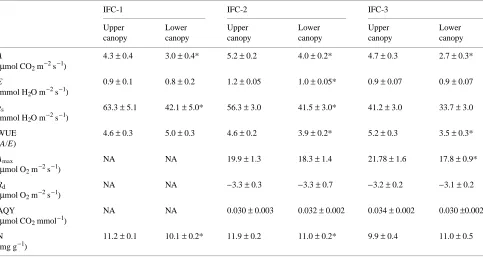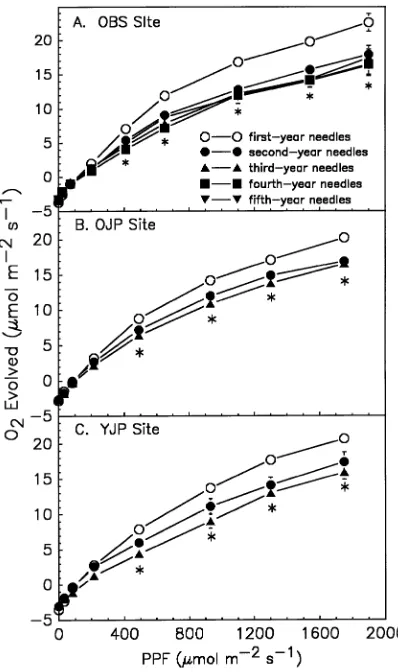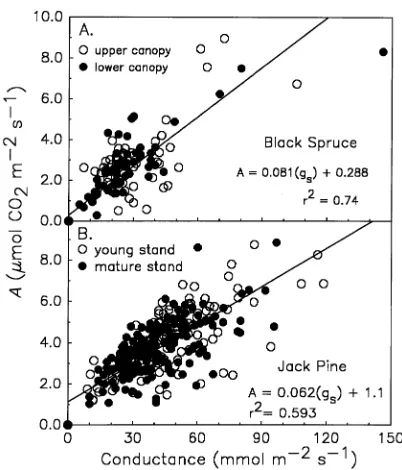Directory UMM :Data Elmu:jurnal:T:Tree Physiology:vol17.1997:
Teks penuh
Gambar




Dokumen terkait
During the two-week period following the change in CO2 concentration, A max of plants grown in ambient air but meas- ured in CO2-enriched air was significantly larger than that
Total measured carbon loss during the winter months was small, equalling the photosynthetic production of one to two warm days in spring or summer when average air temperature was
This reallocation cur- tailed leaf development and reduced photosynthetic capacity of the plants compared with those in the subambient UV-B radiation treatment and may affect
The project was begun in 1992 in a 21-year-old plantation of loblolly pine (Pinus taeda L.) using the branch chamber technique (Teskey et al. The branch chamber technique has
Summary Fertilizer was applied annually for eight years to individual ramets in a loblolly pine ( Pinus taeda L.) seed orchard at rates ranging from 0 to 448 kg nitrogen (N) ha −
Chlorophyll (Chl) accumulation was monitored during black pine ( Pinus nigra L.) seed germination for 14 days in the light and in the dark in the presence of gabaculine (GAB)
The variation between the two plants in their transpiration rates was probably due to the varying levels of shade provided by the Grevillea canopy as determined by the
The most obvi- ous difference between both experiments was S, where the sunflower canopy in the 1998 experiment would fluctuate between one to two azimuth preferences, but in the
